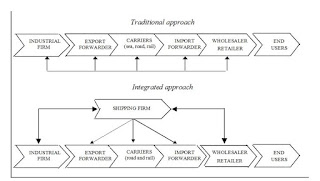 Shipbuilding is an economic activity that has in substance
left Europe long ago. With one exception: Cruise ships. There is a reason for
this. Cruise tourism, and carriers, are inextricably linked with the concept of
quality; and quality is a ‘way of
life’, a philosophy, difficult to copy.
Shipbuilding is an economic activity that has in substance
left Europe long ago. With one exception: Cruise ships. There is a reason for
this. Cruise tourism, and carriers, are inextricably linked with the concept of
quality; and quality is a ‘way of
life’, a philosophy, difficult to copy.
In spite of the global economic crisis
of 2009, cruise tourism has been growing steadily. Carriers are working to near
capacity and so do European yards in Germany, France and Finland. Orderbooks
are full, without counting newbuilding options. Shipbuilding berths will be the
bottleneck in the further growth of the sector going forward.
Aspiring volunteers, such as China, do of course exist, and
European builders, such as Fincantieri of Italy, are already considering joint
ventures. To my view, this would be the wrong thing to do. A JV entails
transfer of technology and as such it is the surest way of offering the knife
that will eventually stab you in the back. We have seen this happening in every
other European industry and we should be learning from our mistakes.
It will therefore be quite some time before China enters
seriously into the cruise shipbuilding market. No doubt this will eventually happen.
But in the meantime, a carrier should think twice before assigning an order to
a yard which does not have the experience, suppliers and logistics to carry out
the work as expected, and he would be fast to stealthily advertise, negatively,
competitors’ decisions to do so. At a consumer level, personally I would think
twice before boarding a cruise ship made in China…
The result of all this will undoubtedly be an increase in the price of cruise tourism products which, we must admit, has dropped to ridiculously low levels due to competition among carriers. Time will tell. HH
The result of all this will undoubtedly be an increase in the price of cruise tourism products which, we must admit, has dropped to ridiculously low levels due to competition among carriers. Time will tell. HH


